The mutual benefits of marjoram and companion plants are numerous. By utilizing companion planting, we can tap into the natural symbiosis that exists among different plants, resulting in mutual benefits for all involved.
Companion planting helps to repel pests, keep away wildlife, and attract pollinators.
When considering companion plants for marjoram, keep in mind marjoram’s growing requirements and select plants with similar needs.
Also, consider the mature size of potential candidates, and think about how different textures and/or colors might work together to create a stunning display.
1. Oregano
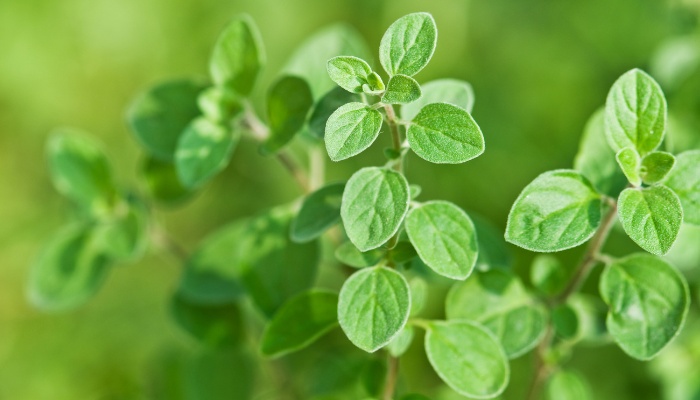
Oregano, like marjoram, is a flowering herb with many medicinal and culinary uses. It hails from the Mediterranean and is a perennial in moderate and warm areas.
The leaves and stems of the herb are used in many recipes and as garnish. Oregano grows in full sun, but it can grow large and spread, so make sure to allow enough space between marjoram and oregano.
- Average height: 1-2 feet
- Average width: 1.5 feet
- Days till harvest: 6-8 weeks
2. Basil
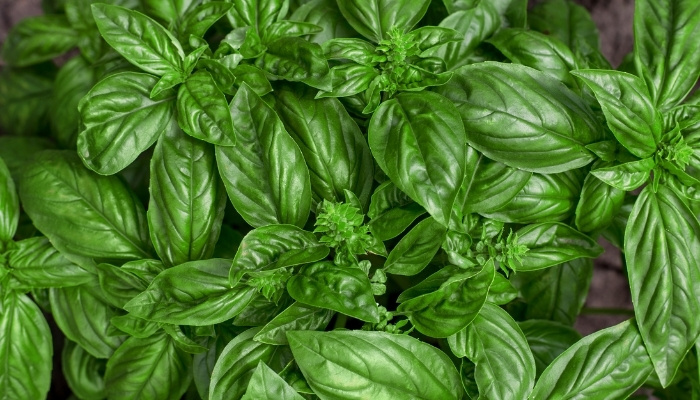
Basil has a long history both as a culinary herb and as a staple in traditional medicine. Its strong fragrance repels many pests in the garden.
Like marjoram, basil also requires full sun, but since it basically has the same height as marjoram, you won’t have to worry about one plant blocking sunlight from the other.
- Average height: 8-12 inches
- Average width: 8-12 inches
- Days till harvest: 3-4 weeks
3. Sage
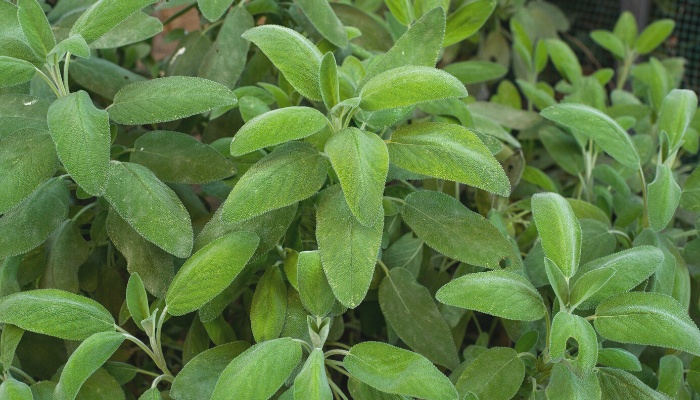
This perennial evergreen shrub has dark-green leaves packed with flavors. The dry leaves are used as spices. Extracts from sage leaves are also used as medicine.
Sage is a tall plant, so make sure to plant it behind the marjoram and space it about 1-2 feet away.
- Average height: 1-3 feet
- Average width: 2-3 feet
- Days till harvest: 75 days
4. Parsley
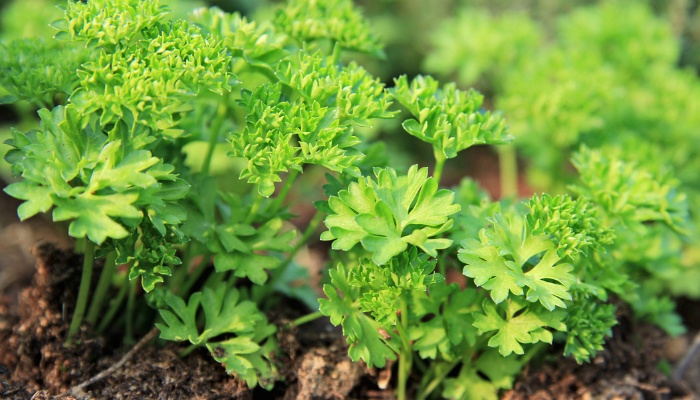
Parsley grows well with marjoram. Both herbs have a small stature, and they both love full sun. They also thrive in more or less the same growing conditions.
Fresh parsley leaves are used as a garnish, and fresh and dried leaves are used extensively in numerous recipes. The seeds are often ground and used in recipes as well.
- Average height: 10-12 inches
- Average width: 10-12 inches
- Days till harvest: 70-90 days
5. Thyme
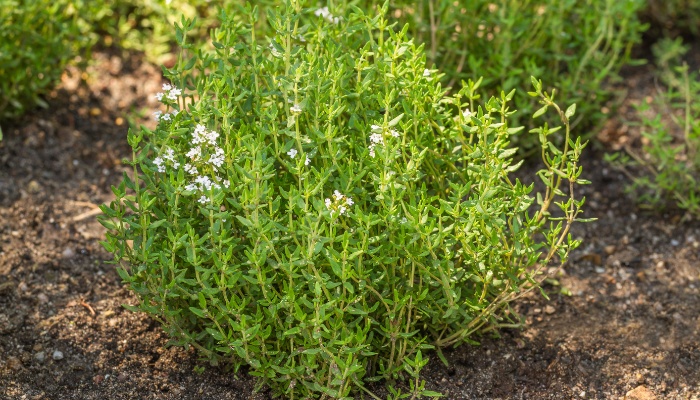
Thyme is a good companion plant to marjoram. It has nearly the same height, so there’s no risk of one plant overshadowing the other. Thyme is used in different recipes thanks to its fragrant leaves. It’s also a staple in traditional medicine.
- Average height: 6-12 inches
- Average width: 6-16 inches
- Days till harvest: 75-90 days
6. Chives
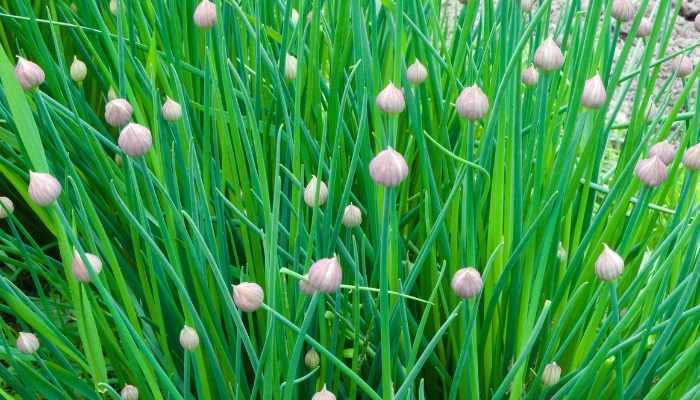
Chives look and smell like green onions, but with chives, you get thinner leaves and smaller flower heads.
The strong odor of chives deters many pests and even wildlife from getting near your veggies and fruits. Pairing chives with marjoram works well for the benefit of both plants, but be sure to space them appropriately.
- Average height: 12 inches
- Average width: 12 inches
- Days till harvest: 60 days
7. Tarragon
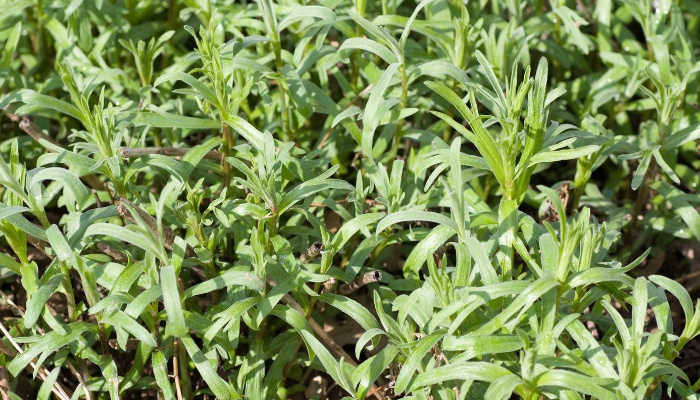
Tarragon is a sweet-tasting herb with faint notes of licorice. In the kitchen, tarragon is a good replacement for oregano. The herb has many health benefits as it reduces blood sugar and is used to treat inflammation and aching.
Space tarragon about 1 foot from marjoram to avoid competition over resources.
- Average height: 24 inches
- Average width: 12-15 inches
- Days till harvest: 4-6 weeks
8. Rosemary
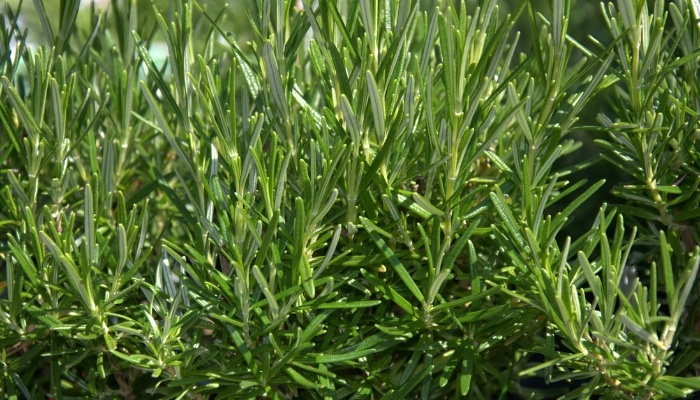
With rosemary, you have a versatile herb that has many uses in the kitchen. It’s also a medicinal plant that has been prescribed to treat a lot of health conditions.
When pairing it with marjoram, make sure that rosemary, which is a lot taller than marjoram, doesn’t block sunlight from the sun-loving marjoram. Plant marjoram in the front facing the sun.
- Average height: 1-3 feet
- Average width: 2-4 feet
- Days till harvest: 8 weeks
9. Lemon Balm
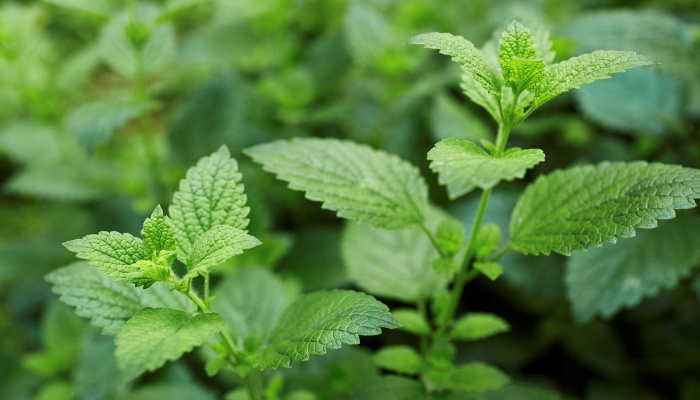
With its citrus flavors, lemon balm is used to make soothing teas, infusions, and essential oils. It has many reported health benefits from easing aches and pains to helping with digestion.
Plant lemon balm in the back since it needs as much sun as marjoram.
- Average height: 2-3 feet
- Average width: 2-3 feet
- Days till harvest: 70 days
10. Lavender
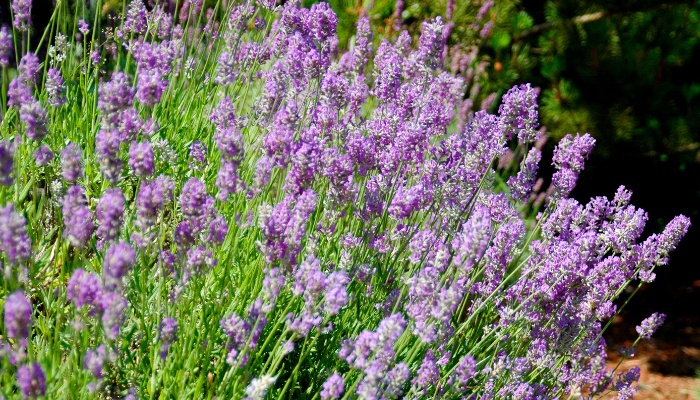
Whether you grow lavender as an herb or for its beautiful, fragrant flowers, you’ll get much out of this useful plant. Its sweet-smelling flowers are a delight both in the garden and in floral arrangements.
As a herb, lavender has been used in traditional medicine for centuries. It also attracts pollinators, which might not help marjoram much, but it will benefit other vegetables and fruits in the garden.
- Average height: 20-24 inches
- Average width: 20-24 inches
- Days till harvest: 18-23 weeks
11. Summer Savory
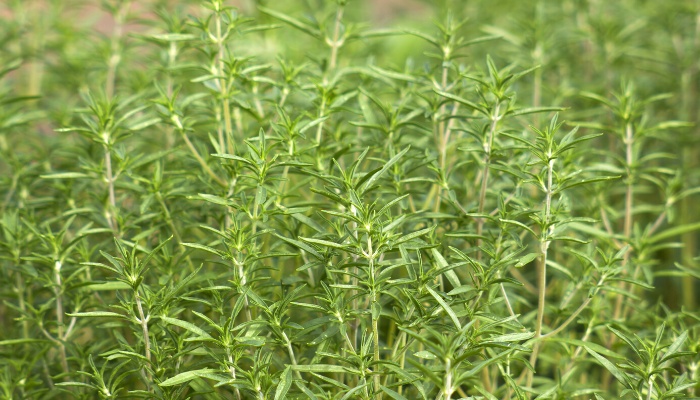
Summer savory is an annual herb that is widely used for its medicinal properties. It’s often prescribed as an alternative medicine to treat cough, digestion problems, flatulence, and stomach pain.
However, you can also use it in a wide variety of dishes to enjoy its peppery flavor, which compliments that of marjoram when paired together.
- Average height: 12-18 inches
- Average width: 30 inches
- Days till harvest: 60 days
12. Dill
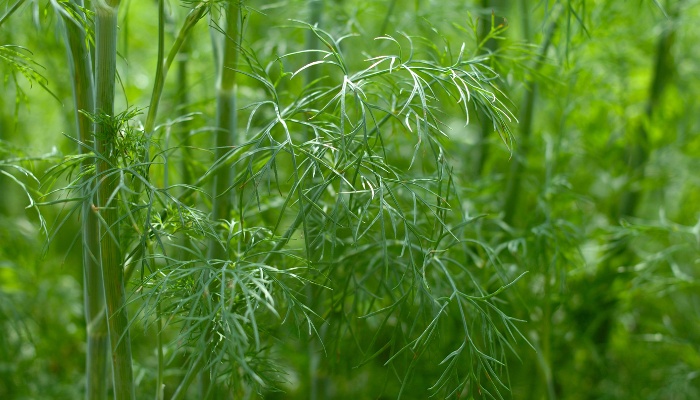
Dill is another annual herb with many culinary uses. The thin green leaves have a distinct fragrance that adds delightful flavors to your dishes, particularly those containing seafood. The dry seeds are a staple in pickling.
Dill is an easy-to-grow herb and doesn’t compete with marjoram, but it is much taller, so plant it behind marjoram to avoid casting shade on the smaller plant.
- Average height: 8-48 inches
- Average width: 4-24 inches
- Days till harvest: 6-8 weeks
13. Lovage
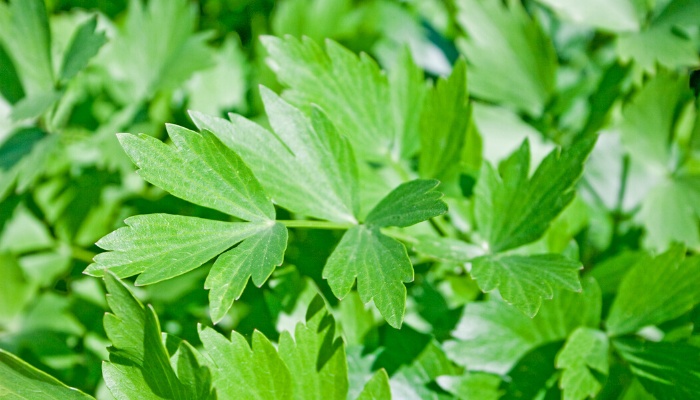
Lovage has a set of complex flavors with undertones of anise, parsley, and celery. You can use it in different dishes and as a garnish.
The only problem with pairing it with marjoram is its height. The herb grows to about 6 feet, so it should take its place in the back of the veggie patch.
- Average height: 6 feet
- Average width: 32 inches
- Days till harvest: 85-95 days
14. Eggplant
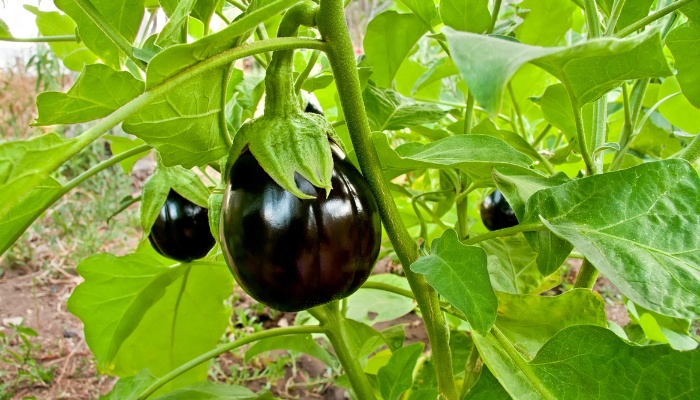
This dark-purple vegetable is a staple in many cuisines. It has many health benefits and is rich in antioxidants. You can stir-fry it, roast it, cook it in curry, or make baba ganoush.
A member of the nightshade family, eggplant grows well in warm Grow Zones.
- Average height: 18-36 inches
- Average width: 24-36 inches
- Days till harvest: 65-80 days
15. Alliums
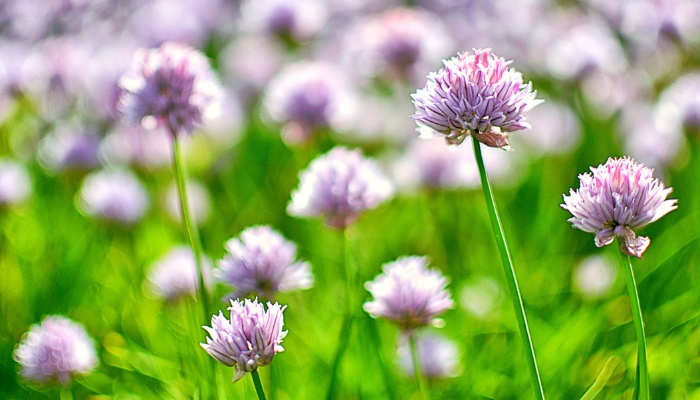
Allium is a genus consisting of hundreds of different species. Onions, leeks, chives, garlic, and shallots are some of the most popular, but there are also those grown solely for their ornamental value.
Space your choice of alliums 1-2 feet from marjoram.
- Average height: 1-4 feet
- Average width: 3-10 inches
- Days till harvest: Varies depending on species
16. Legumes
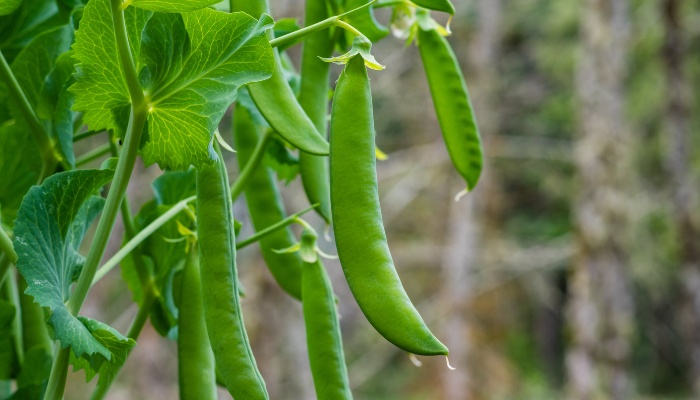
The word legume covers many species and cultivars from beans and peas to lentils. Each species has a lot of subspecies as well, but they all do well when paired with marjoram.
Pay extra attention to spacing and sunlight, and always keep the marjoram plants out front.
- Average height: 1-3 feet
- Average width: 1-3 feet
- Days till harvest: 50 to 65 days depending on the species
17. Stinging Nettle
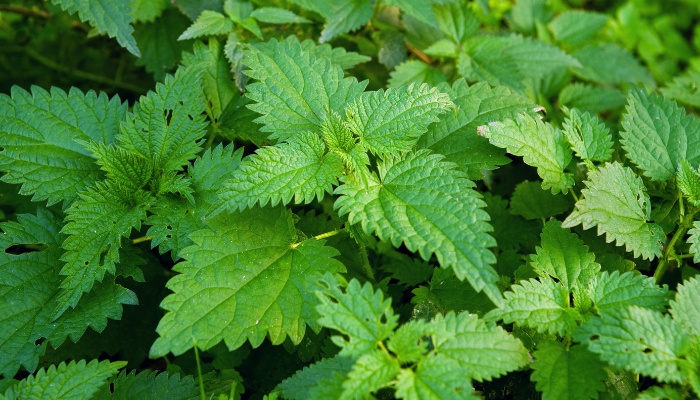
Despite its name, stinging nettle has found a place in many gardens. It has a long history as a medicinal plant and has been used to treat everything from urinary tract infections to gout, arthritis, and skin conditions.
Wear gloves when harvesting the leaves of the plant, and be wary of its tiny thorns.
- Average height: 6 feet
- Average width: 1 foot
- Days till harvest: 90-100 days
18. Flowering Annuals
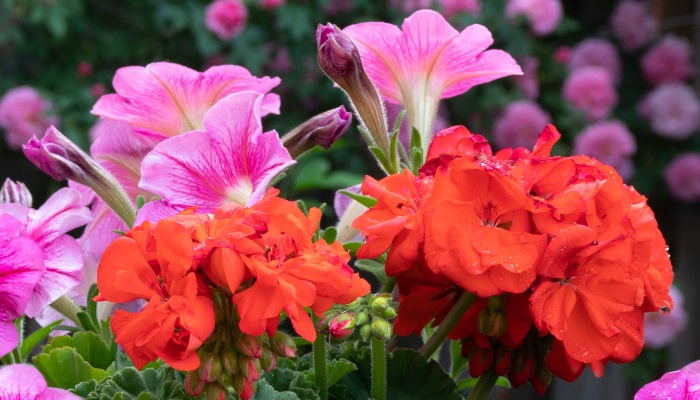
A lot of flowering annuals complement marjoram. These include flowering purslane, fuchsia, geranium, impatiens, ivy-leaf geranium, lantana, Mandevilla, and New Guinea impatiens to name but a few.
When pairing flowering annuals with marjoram, keep in mind the spacing, sunlight, and watering requirements of the plants.
- Average height: Varies depending on the species
- Average width: Varies depending on the species
- Days till harvest: N/A
Wrapping It Up
Marjoram is a perennial evergreen herb in Zones 9 and 10. It has a low tolerance for cold weather, so in Zones below 9, you’ll need to grow it in a pot and take it inside in the winter months.
You can pair marjoram with a wide variety of herbs, flowering plants, and vegetables. The final decision should come down to which benefits you desire and the aesthetic potential of the pairing.
